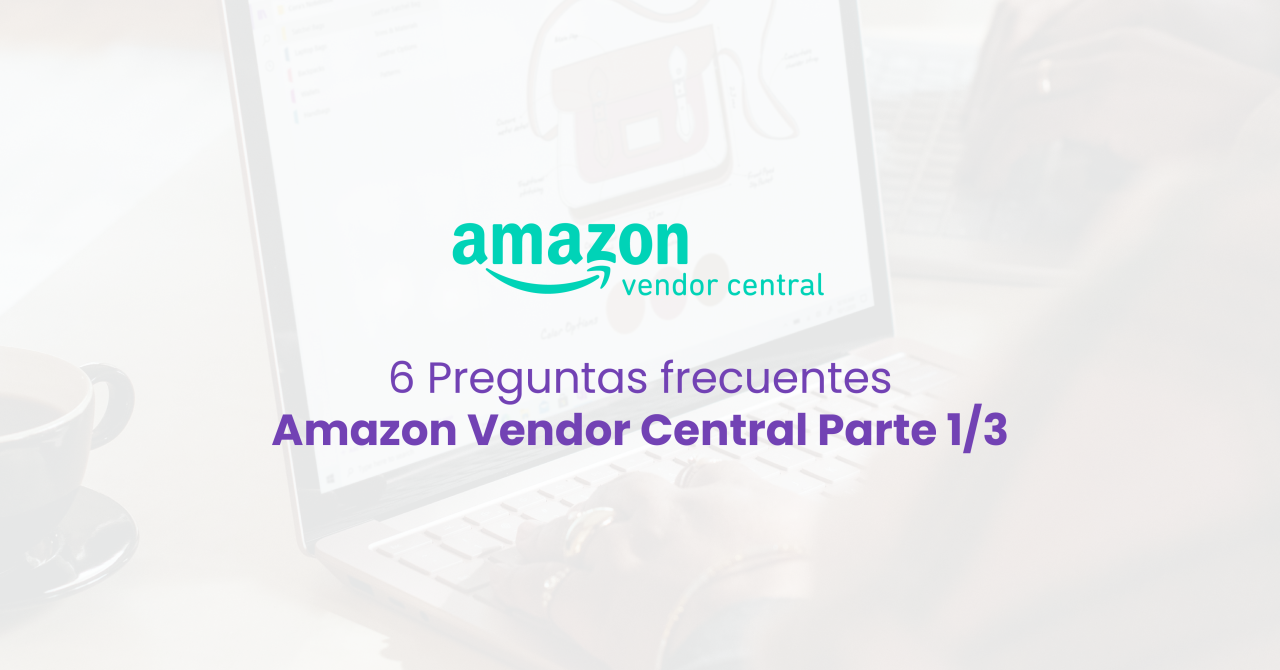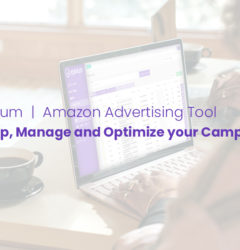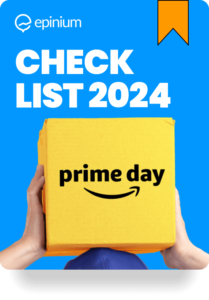What is Amazon Vendor Central?
One of the frequently asked questions about Amazon Vendor Central , is about what it consists of. This is a platform only for companies that want to sell their products to Amazon. When we sell to Amazon, we are the supplier. The main process is very simple:
- Amazon sends us a purchase order with a list of what you want to buy.
- We send Amazon the inventory they have ordered
- Amazon pays us
- Amazon then takes care of selling the products to our customers.
Vendor Central can be an attractive option. It offers businesses a way to put our products on Amazon, without the hassles of selling directly to consumers. It is much simpler than Seller Central, but still has problems. The most common disadvantages are tough contract terms, low prices, and unexpected additional costs.
The entire vendor process is controlled from Vendor Central, which acts as a central hub in the same way that Seller Central does for sellers. From Vendor Central, sellers can do things like check purchase orders, provide product data and manage additional advertising.
How do I access Amazon Vendor Central?
Vendor Central is an invitation-only platform, so you can’t just apply to sell there. First there has to be an invitation from Amazon.
There is usually not much negotiation on these terms. Generally, Amazon will make us an offer and we can accept or reject it. There may be more room for negotiation if we are a large and influential brand, or if we are assigned a supplier manager.
Once the terms are agreed upon, Amazon will create a Vendor Central account for us and invite us to register. We can then start providing product and cost information to Amazon.
What can you do at Vendor Central?
Another frequently asked question about Amazon Vendor Central is about the features that it has. As the main hub for sellers on Amazon, there are many different features offered on Vendor Central.
The most important are:
- Articles, for sellers to provide product information. Images can be uploaded, costs can be edited and other product-related information can be provided.
- Merchandising, to manage the merchandising of products. Here you can access functions such as Amazon Vine and A+ Content.
- Payment, where we will find invoices and remittances.
- Advertising, which takes us to the separate Advertising Console (formerly Amazon Marketing Services or AMS) where we can manage advertising campaigns.
- Reports, where we can see how our brand is doing.
How often will we receive a purchase order as a supplier?
Once suppliers are established, they usually receive a purchase order on a weekly basis. This is usually every Monday. However, if there is a peak demand for product, we may receive purchase orders more frequently.
Amazon prefers to order a little at a time rather than order in bulk and risk being left with large amounts of stock.
Will Amazon order the products immediately?
It is important to note that creating a product in Vendor Central does not mean that we will receive a purchase order immediately. The ordering process is automated. Amazon’s system relies on sales history and current demand before deciding whether to place an order.
This can often mean that the initial purchase order is smaller than sellers expect. In order for the system to place larger orders for the product, demand needs to increase.
What happens if I do not have enough stock for an order?
If we cannot fulfill an order, we have two options. We can either cancel it completely or, if we have been authorized, we can place it on hold.
But if we run out of stock, we should always mark items as temporarily or permanently unavailable so that Amazon will not include them in purchase orders. Otherwise, if we put too much inventory on backorder, or cancel more than a certain percentage of an order, Amazon will issue a chargeback. Essentially, they will fine us if we are unable to supply what they have ordered.
Ahorra tiempo en este proceso con nuestra plataforma donde los vendedores de Amazon pueden ahorrar un 60% de tiempo en la optimización de las páginas de detalle de los productos, ser un 50% más efectivos siguiendo las Guías de Estilo de Amazon y aumentar un 30% sus ventas. ¡Hazte con una auditoria gratuita y empieza a optimizar tus listings desde ya! Aprovéchalo.






